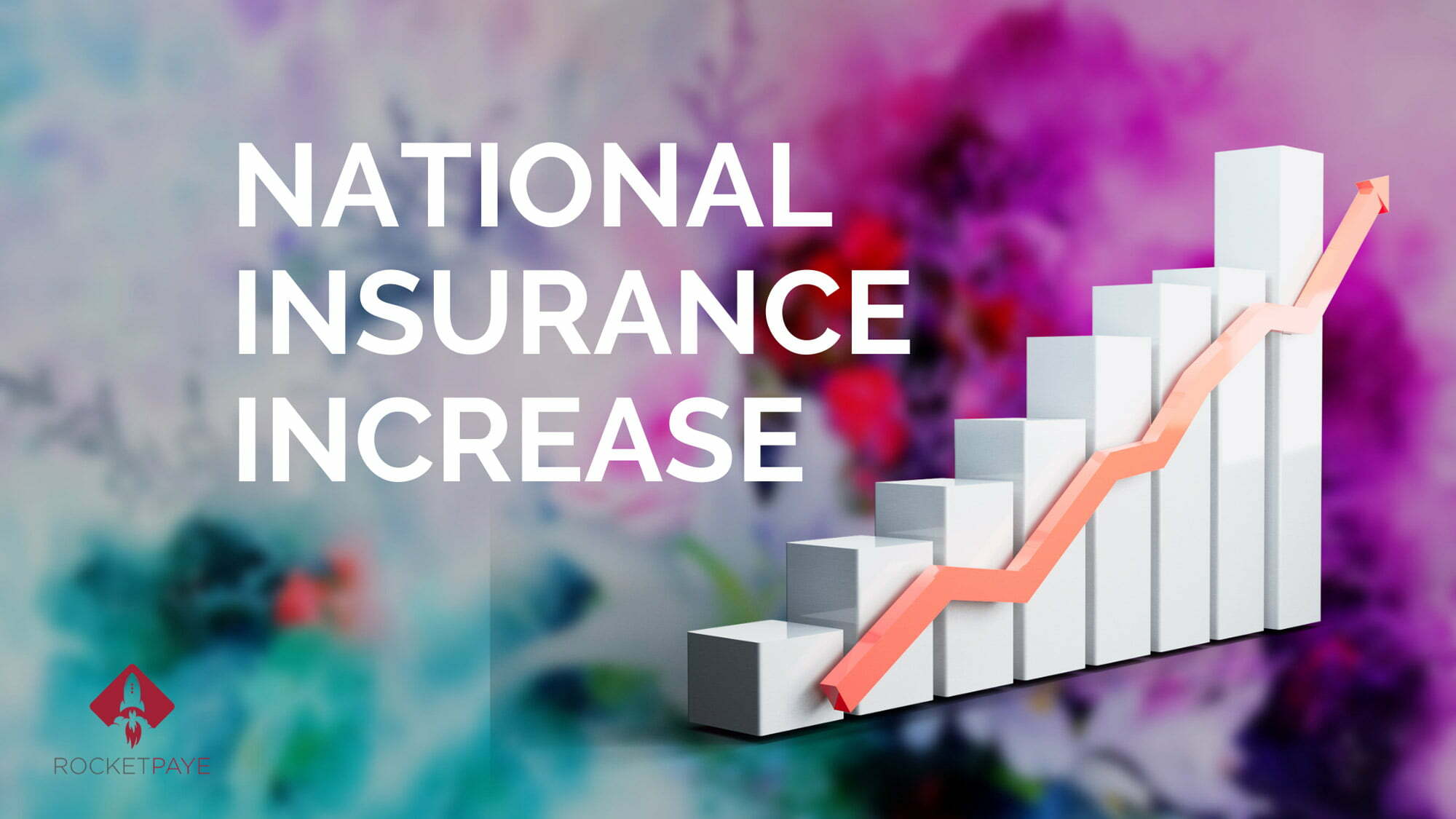
From April 2022, all working-age employees, self-employed and employers, will see their National Insurance increase by 1.25% as part of the Health & Social Care plan. However, Rishi Sunak announced the increase to National Insurance is a temporary change for 2022/23, with the tax dropping back to the normal rate from April 2023.
The levy will be effectively introduced in two stages:
- Stage 1: from April 2022, there will be a 1.25% increase in NICs for working age employees, the self-employed and employers.
- Stage 2: from April 2023, the 1.25% levy will be formally separated out to become a separate tax on earned income. At that point, NICs rates will return to their current (2021/22 tax year) levels.
The levy will apply to Class 1 (employee, employer) and Class 4 (self-employed) NICs. HMRC will be responsible for administering the levy, and it will be collected through Pay As You Earn and Income Tax Self-Assessment.
The upcoming changes imply the following tax increases:
For employees with annual earnings between £9,568 and £50,270 the National Insurance rate increases from 12% to 13.25%.
The retirement age workers will be subject to the 1.25% charge for earnings above the primary threshold (currently £797 per month) from April 2023.
The self-employed, registered under Class 4, the NICs will increase from a rate of 9% to a rate of 10.25%.
The employer rate of NI increases from 13.8% to 15.05% for all income per employee above £8,840 per annum.
The employer’s allowance, which for many businesses will cover the first £4,000 of some company National Insurance costs, is still available. The allowance will be extended to cover the new Health and Social Care Levy when that becomes a separate item.
Ultimately, this change means that employees will pay more tax every month and HR professionals must provide updates and reminders leading up to the change, to avoid the workers mistaking the reduced pay as an error.